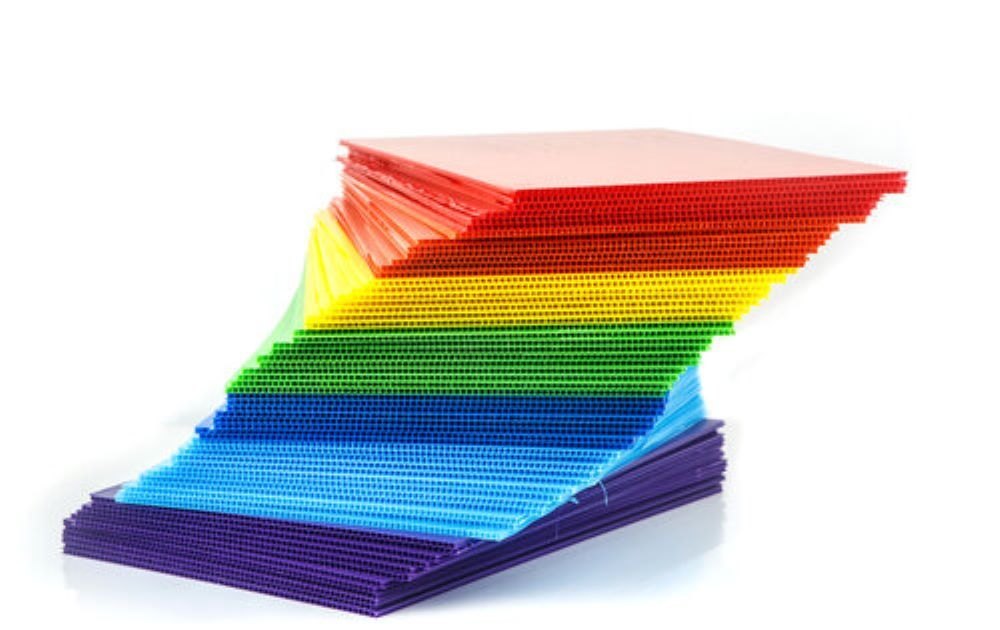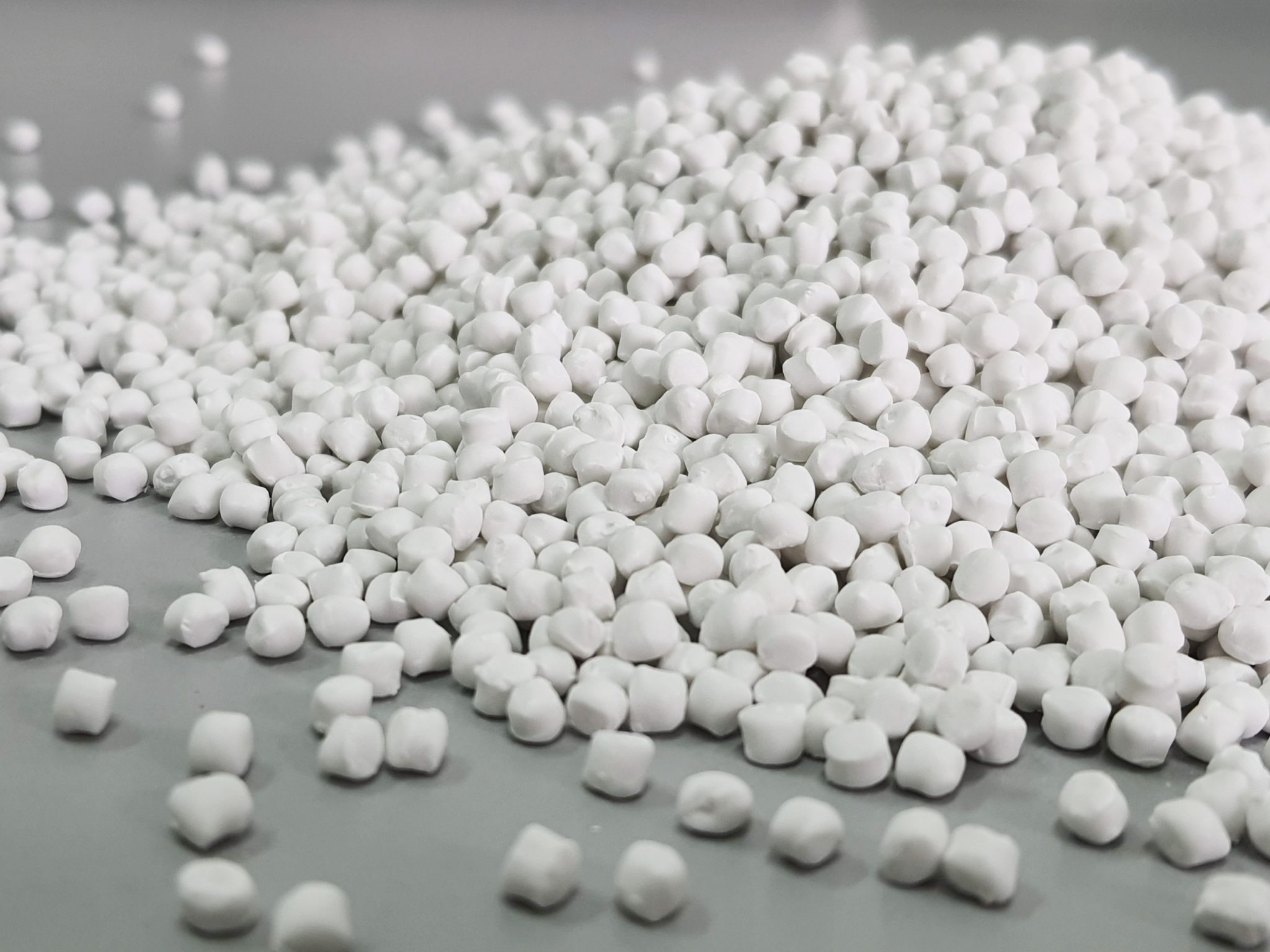High Impact Polystyrene (HIPS) plastic is a versatile material valued across industries for its durability, affordability, and ease of processing. In this article, we'll explore six essential facts about HIPS plastic to help you understand why it's a popular choice for manufacturers and consumers alike.
1. What is HIPS Plastic?
High Impact Polystyrene, commonly known as HIPS plastic, is a thermoplastic polymer widely recognized for its balance of strength, rigidity, and affordability. This material combines the toughness of rubber with the rigidity of polystyrene, making it versatile for various applications. HIPS plastic is produced by blending standard polystyrene with rubber-like polymers, typically polybutadiene, to enhance impact resistance and durability.

High Impact Polystyrene, commonly known as HIPS plastic, is a thermoplastic polymer.
2. Unique Properties of HIPS Plastic
2.1. Excellent Impact Resistance
One of the defining properties of HIPS plastic is its outstanding impact resistance. Unlike standard polystyrene, HIPS can withstand significant force without cracking or breaking, making it suitable for products requiring durability and reliability, such as automotive components and household appliances.
2.2. Ease of Processing
HIPS plastic offers excellent processing characteristics. It can be easily molded, extruded, and thermoformed, providing flexibility in production methods. Manufacturers appreciate HIPS for its ability to form complex shapes while maintaining dimensional stability, resulting in consistent and high-quality products.
2.3. Cost-Effectiveness
Compared to other thermoplastics, HIPS plastic is highly cost-effective. The availability of its primary raw materials, primarily styrene monomers, ensures stable and competitive pricing. This affordability makes it an attractive choice for manufacturers seeking a balance between performance and cost.

Compared to other thermoplastics, HIPS plastic is highly cost-effective.
3. Common Applications of HIPS Plastic
3.1. Packaging Industry
HIPS plastic is extensively used in the packaging sector, particularly for food packaging applications such as yogurt cups, trays, lids, and disposable containers. Its ease of forming, rigidity, and cost-effectiveness contribute significantly to its widespread use in this industry.
3.2. Consumer Goods
Many everyday consumer products rely on HIPS plastic for its aesthetic appeal and durability. Products like toys, electronic housings, stationery, and cosmetic containers commonly incorporate HIPS due to its ability to provide smooth surfaces, detailed textures, and vibrant colors.
3.3. Automotive Components
The automotive industry extensively uses HIPS plastic in interior components such as dashboards, door panels, and glove compartments. Its durability, impact resistance, and ease of forming intricate shapes make it ideal for automotive applications that require both functionality and aesthetic appeal.
4. Comparison with Other Plastics
4.1. HIPS vs. ABS
While HIPS plastic and Acrylonitrile Butadiene Styrene (ABS) share similarities, ABS typically offers superior heat resistance and slightly higher impact strength. However, ABS is usually more expensive due to the complexity of its raw materials. Thus, for applications not demanding high heat resistance, HIPS is an economical alternative.
4.2. HIPS vs. Polypropylene
Polypropylene (PP) is another commonly used thermoplastic. Compared to HIPS plastic, PP has superior chemical resistance but lower rigidity and impact strength. Depending on application requirements, HIPS is preferable when rigidity and surface quality are priorities.
4.3. HIPS vs. Polycarbonate
Polycarbonate (PC) offers superior transparency, heat resistance, and impact strength but comes at a significantly higher cost. For standard consumer or packaging applications where extreme durability is not necessary, HIPS plastic offers substantial cost advantages without sacrificing basic performance.
5. Environmental Impact and Sustainability
5.1. Recycling Potential
HIPS plastic is recyclable, making it a relatively eco-friendly option among thermoplastics. Recycled HIPS can be repurposed into new products, reducing environmental waste and supporting sustainability efforts. The ease of recycling helps manufacturers and consumers contribute to environmental conservation.
5.2. Challenges in Recycling
Despite its recyclability, HIPS plastic faces recycling challenges due to contamination with other plastics and difficulty in sorting. Effective recycling depends on proper segregation at the source and advanced recycling technologies, which are crucial for maximizing the sustainability benefits of HIPS.

HIPS plastic is recyclable, making it a relatively eco-friendly option among thermoplastics.
6. Current Market Trends and Outlook
6.1. Growing Demand in Developing Markets
HIPS plastic is witnessing increased demand, especially in emerging markets like Asia-Pacific and Africa. Growing consumer industries, automotive manufacturing, and increasing packaging demands drive the steady growth of HIPS plastic consumption globally.
6.2. Innovation in HIPS Formulations
Manufacturers continually innovate to enhance the properties of HIPS plastic, such as improved flame retardancy, UV resistance, and biodegradability. These innovations expand the potential applications of HIPS and further enhance its market appeal.

HIPS plastic is witnessing increased demand, especially in emerging markets like Asia-Pacific and Africa.
7. About EuroPlas
EuroPlas is a leading manufacturer and supplier of plastic masterbatch and compounds, including HIPS filler masterbatch, dedicated to delivering innovative solutions in the plastic industry. With extensive expertise in high-quality products, including filler masterbatch, color masterbatch, plastic additives, engineering plastic compounds, biofillers, and bioplastic compounds, EuroPlas helps clients optimize their production processes and enhance product performance.
Learn more about our products and explore further articles on our blog. For questions about HIPS filler masterbatch or other products, please contact us via email or telephone!